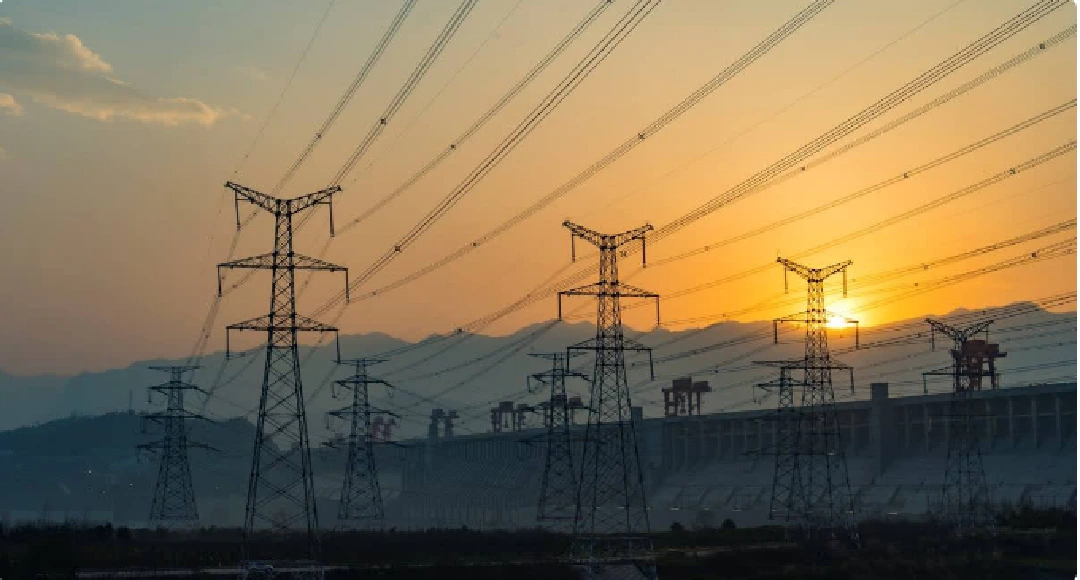Tata Power and NTPC: India is at a crossroads in its energy future, torn between its history as a coal-fueled economy and its potential for a cleaner, greener tomorrow. And thus, in a bold and forward-looking proposition, two of India’s major energy players, Tata Power and NTPC (National Thermal Power Corporation) are emerging as the most-visible contenders in what stands to be an era-defining chapter of the sub-continent’s renewable energy dreams.
Let’s unpack what this partnership represents, why it’s significant, and how it could change India’s energy landscape.
The Giants: Tata Power and NTPC
With a focus on renewable energy — solar, wind and hydro — Tata Power is one of India’s largest integrated power companies. It has gradually expanded its portfolio of clean energy, aiming for more than 80 percent of its capacity to come from green sources by 2030.
NTPC is India’s largest power utility, traditionally known for coal-based generation. However, NTPC has been undergoing a green transition over the past few years, with a target to add 60 GW of renewable energy (RE) capacity by 2032.
Now ugly reality kicks in — so what becomes of these two heavyweight professionals when they share a vision of clean energy? And that’s exactly what is happening.
What’s the Big Move?

India is preparing for a greater use of renewables in the energy mix and the partnership of Tata Power with NTPC exemplifies a strategic partnership catering to the urgent need of realising the country’s renewable potential. These consist of solar parks, wind farms, hybrid solutions and energy storage systems.
They plan to co-develop large-scale projects, a union whose details also indicate that they may share technology, infrastructure and investment plans. The joint venture to potentially fast-track India’s journey towards achieving its target of 500 GW of non-fossil fuel capacity by 2030, as outlined at the COP26 summit.
Why Now?
The timing of this partnership is more critical than ever. Here’s why:
Climate Commitments: India has committed to reduce its carbon intensity by 45% by 2030 and attain net-zero by 2070. Scaling up renewable energy is essential to meeting those targets.
Energy Demand: The larger India’s economy becomes, the hungrier it is for electricity. But we have an alternative, scalable and sustainable solution: renewable energy, which does not come with the environmental baggage of fossil fuels.
Policy Push: Indian Government is providing incentives and creating regulations to adopt clean energy, such as PLI (Production Linked Incentive) schemes to support solar manufacturing.
Worldwide: The shift towards ESG (Environmental, Social, and Governance) investing is radical worldwide. Such principles are being aligned by companies like Tata Power and NTPC to woo global investment.
What’s at Stake?
It’s not just about corporate growth or better power — it’s about India’s energy future. Here’s what’s on the line:
Decreasing Energy Imports: Increasing renewable capacity can decrease dependence on imported coal and oil.
Employment: The renewable energy industry is more labor-intensive. It takes skilled and semi-skilled jobs to build and maintain solar and wind infrastructure.
Advanced Grid Management Technologies Section 1 of 1• Rural Electrification: Renewables can reach the farthest corners of India, filling gaps in energy access.
Innovation: This association can even create a new benchmark of global energy storage, smart grid, and hybrid models.
Challenges to Watch
The alliance has potential, but it faces obstacles to overcome:
Land Acquisition: Renewable projects require significant land area, which can result in time-consuming delays and conflicts.
Modernizing Grid: The transmission systems of India require modernization to operate efficiently with variable renewable energy generation.
Policy Swing: It can affect the feasibility of large projects by sudden changes in tariffs or subsidies.
But both Tata Power and NTPC have the expertise, scale and wherewithal to navigate through these complexities — particularly in partnership.
The Tata Power, NTPC alliance is not just a partnership to watch out for, it is a message and a warning to the world — India is ready to lead the clean energy revolution. This mega move has the ability to revolutionize how energy is produced and consumed in the country, leading India to become a global leader in sustainable power.
As this partnership plays out, stakeholders from every corner of the energy landscape — policymakers, entrepreneurs, everyday citizens, and more — will be watching closely. For, when two giants shake hands for a greener tomorrow, the ripples of that hand shake can be felt long after they leave the boardroom.
This mighty burst of power just gave a leg up to India’s clean energy future.
Read also: EPFO Pension Hike 2025 details latest updates and benefits












